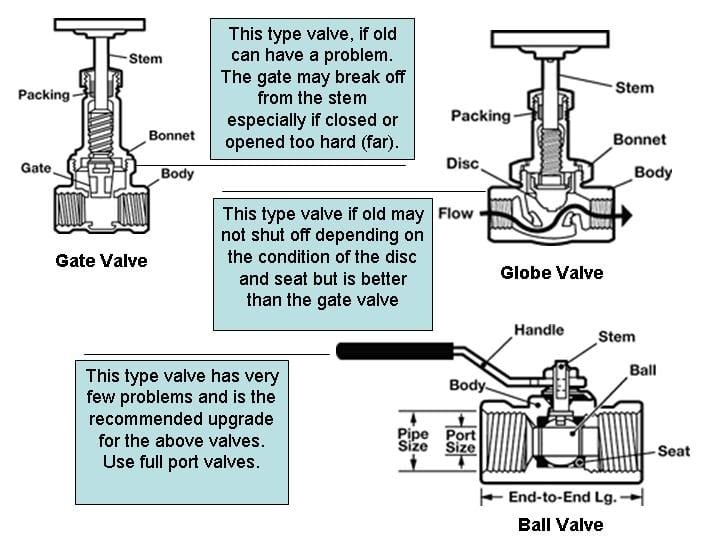This article will review compatibility issues and considerations when purchasing bicycle tires and inner tubes. Aspects of performance and the type of ride resulting from the choices will not be reviewed.
1
When selecting tires and inner tubes for a bicycle, it is important to get compatible components. There are many different tire and wheel sizes available. Unfortunately, the bicycle industry has not always had consistently clear nomenclature for tire standards.
Tires are made with a steel wire or fabric cord molded into each edge of the tire called the “bead”. The tire bead effectively forms a circle and the diameter of this circle determines the tire fit to the rim. The tire bead is sized to fit into the rim bead seat, which is the area below the outer rim edge.
BEAD OF TIRE AND BEAD SEAT OF RIMDo not attempt to mix tires and wheels with different bead seat diameters. Although the bead seat diameter determines the tire and wheel fit, there is little consistency between manufacturers in how tires are labeled or identified. Different countries at times have used different nomenclature in marketing and labeling their tires. This causes confusion when selecting a tire for a wheel and frustration when installing a tire.
An antiquated but still common system uses “inch” designations, such as 26-inch, 27.5-inch, 29-inch. The inch size does not refer to the bead seat diameter or measurement. In fact the number of the inch designation has no actual inch measurement associated with it. It is simply a code of the vaguely approximate outside tire diameter. For example, there are several 26-inch tires that use different bead seat diameters. A 26 x 1 3/8 inch tire, for example, will not interchange with the common MTB 26 x 1.5 inch tire. There are three even more obscure tire standards also referred to as 26-inch diameter, but none are interchangeable. As a rule, tires marked with fraction sizes, such as 1/2, 3/4, etc., do not interchange with tires marked in decimal sizing, such as 0.5, 0.75, etc. For example, a 26″ x 1-1/2″ tire does not interchange with a 26″ x 1.5″ tire. There is not a logical reason for this system, it is simply what manufacturers have offered for nomenclature when selecting a tire.
As a rule, tires marked with fraction sizes, such as 1/2, 3/4, etc., do not interchange with tires marked in decimal sizing, such as 0.5, 0.75, etc. For example, a 26″ x 1-1/2″ tire does not interchange with a 26″ x 1.5″ tire. There is not a logical reason for this system, it is simply what manufacturers have offered for nomenclature when selecting a tire.
Another common yet misleading system is the older French system of sizing. The numbers are reference numbers and are not accurate measurements of anything. Road bicycles commonly use a 700c tire that has a bead diameter of 622 mm. The “700c” does not refer to bead diameter. The “c” is simply part of the code system. There are also 700a and 700b tires and wheels, but none interchange with the more common 700c. Additionally, the 650b tires and wheels will not interchange with the 650c tires. There is not a logical reason for this system, it is simply what manufacturers have offered for nomenclature when selecting a tire.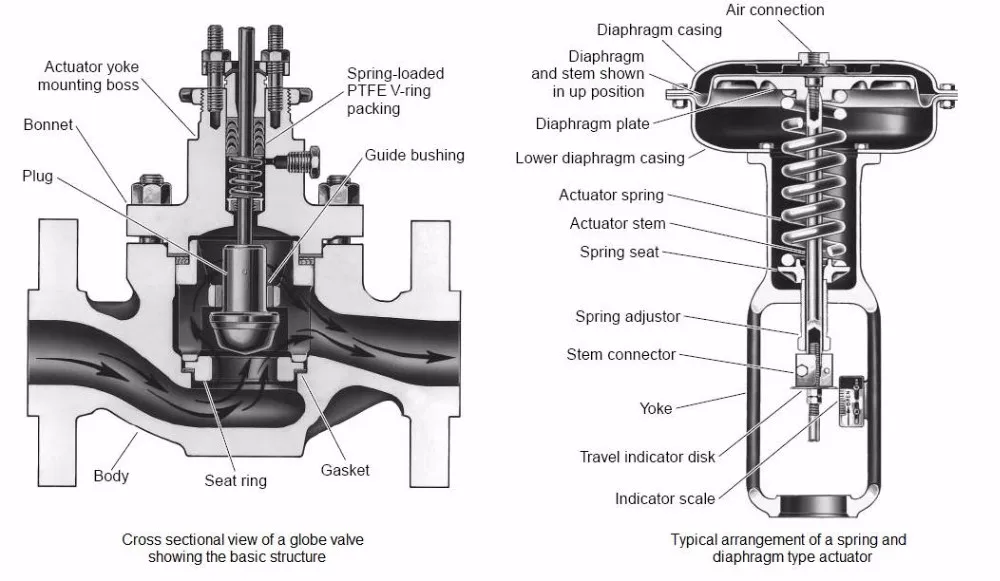
The ISO (International Standards Organization) system, also known as the ETRTO (European Tire and Rim Technical Organization) system, is now becoming more commonly used and understood. The ISO system uses a two number designations for both tire and rim sizing. The larger number is always the bead seat diameter. Rims and tires with the same number are made to fit one another. For example, tires marked 622 will fit rims marked 622, because the bead seat diameter is 622 millimeters for both. Look for this sizing system on the tire.
Rims also come labelled in ISO sizing, in the form of a two number system. The smaller number is the width in millimeters inside the rim sidewalls. Generally, a wider rim will accept a wider tire. A narrow tire on a relatively wide rim will mean the tire profile shape will be less rounded. A wide tire on a narrow rim will result in less support for the tire in cornering, which can cause the tire to laterally roll or twist.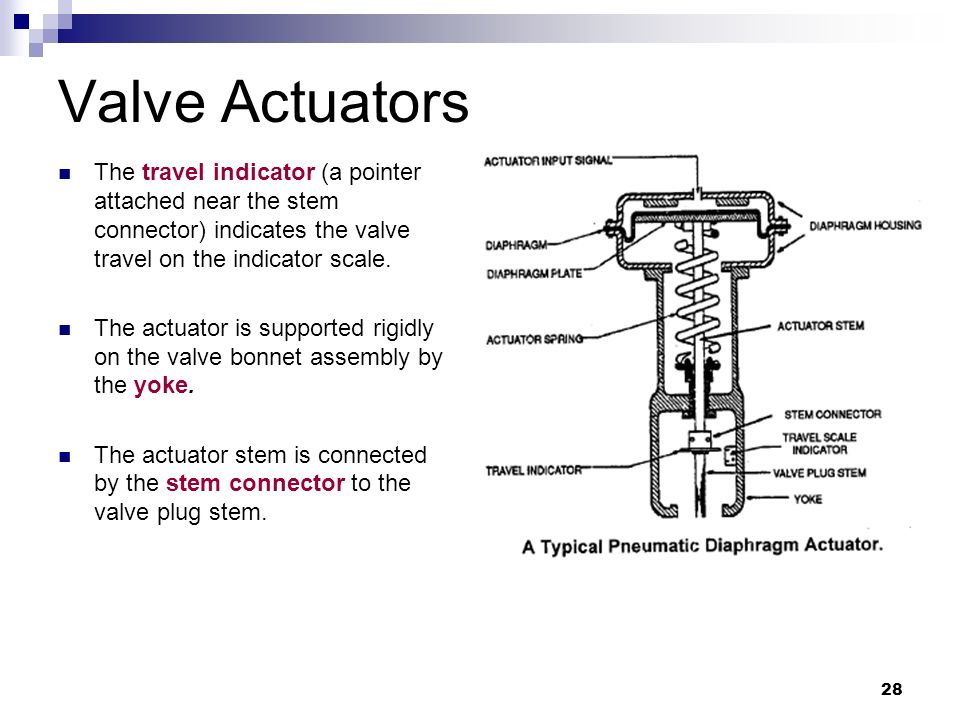 Additionally, rim caliper brakes will have very little room to clear the tire with a very wide tire on a very narrow combination. As a loose rule, the ISO tire width should be between one and a half to two times the ISO rim width. A rim with a width of 25mm between the sidewalls should use an ISO tire width of about 37–50mm.
Additionally, rim caliper brakes will have very little room to clear the tire with a very wide tire on a very narrow combination. As a loose rule, the ISO tire width should be between one and a half to two times the ISO rim width. A rim with a width of 25mm between the sidewalls should use an ISO tire width of about 37–50mm.
Another consideration in selecting tires is the frame and fork. Although a tire might be correctly and safely fitted to a rim, the frame may lack clearance for the size. Inspect the bike if you are changing to a larger tire profile.
2
There are three types of valve stems on bicycles, Schrader, Presta and Woods (“Dunlop”).
Valve Stem Types (L-R): Schrader, Presta, Woods (Dunlop)The Schrader or “American-type valve” is common on cars and motorcycles. It is also found on many bicycles. The valve stem is approximately 8mm (5⁄16 inch) in diameter. The valve core consists of an internal spring plunger to assist in shutting the valve after inflation. The length of the valve can vary and should be longer for tall or deep rims.
The length of the valve can vary and should be longer for tall or deep rims.
The Presta or French-type valve is common on mid- and higher-priced road bikes and on higher-priced mountain bikes. Presta stems are nominally 6mm in diameter and thinner compared to the Schrader valves. At the top of the Presta stem is a small valve locknut, which must be unthreaded before air can enter the tube.
Some brands of Presta tubes use a valve shaft that is fully threaded and usually include a locking nut or ring. These come with an extra locking nut or ring. Loosen the ring by hand and remove it before installing the tube. Install and fully inflate the tube. Then install the lockring and snug only by hand. When deflating the tube, loosen and remove the nut first.
Some makes and models of Presta inner tubes use a removable valve core. Inspect the end of the valve for two wrench flats. Use a valve core tool such as the Park Tool VC-1 or a small adjustable wrench to secure or remove the core.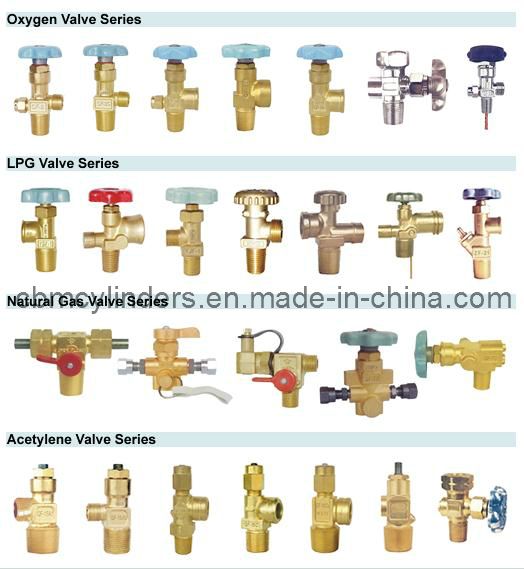
Inner tube valve stems are available in different lengths. Rims with a very tall cross section require longer valve stems (60 mm or 80 mm). There are valve extenders available that screw onto the Presta valve and allow the tube to be inflated (figure 2.38). If the inner tube uses a removable valve core, use an extension that screws into the valve’s inner threads. There are also designs that are simply a tube to lengthen the stem but do not permit the Presta valve locking nut to be secured. If the locking nut cannot be closed, the valve may leak. Extenders that do not allow the valve nut to be tightened may allow the tube to leak slowly.
Left: removable valve core with double-threaded extender. Right: simple valve extender with lock nut looseThe wheel rim valve hole should match the valve of the tube. If a rim has been made with the smaller valve hole for Presta valves, it can be typically drilled and enlarged safely to the 8 mm size by using an 11⁄32 inch (8.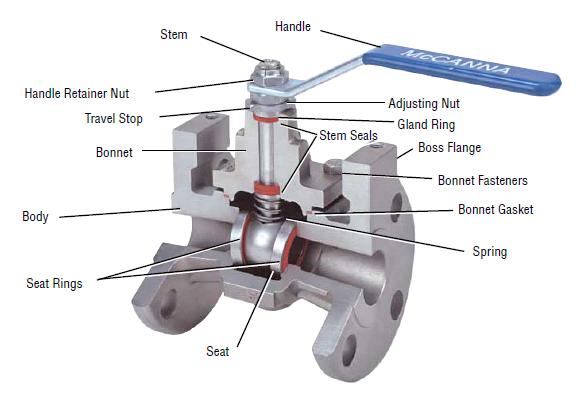 5 mm) hand drill. After drilling, use a small round file to remove any sharp edges. Rims that are less than 15 mm outside width should not be drilled. It is also possible to use the smaller Presta valve in a rim intended for the larger Schrader by using an adapter sleeve.
5 mm) hand drill. After drilling, use a small round file to remove any sharp edges. Rims that are less than 15 mm outside width should not be drilled. It is also possible to use the smaller Presta valve in a rim intended for the larger Schrader by using an adapter sleeve.
A third valve type is the “Woods” or Dunlop valve. These are seen on less expensive bikes outside the United States. The stem looks like a combination of a Schrader and a Presta stem. The top of the stem is narrow, with a large locking ring under it, and then the main shaft.
To deflate the Dunlop valve, partially unthread the nut. Pull on the tip of the valve if air is not already escaping. Remove the nut fully after the inner tube is deflated. Remove tire and tube as any other.
To inflate the Dunlop valve, use a Presta compatible pump head. Simply engage the head and inflate. Remove the head. There is no need to unthread the locking ring.
The tube should match the tire size diameter closely.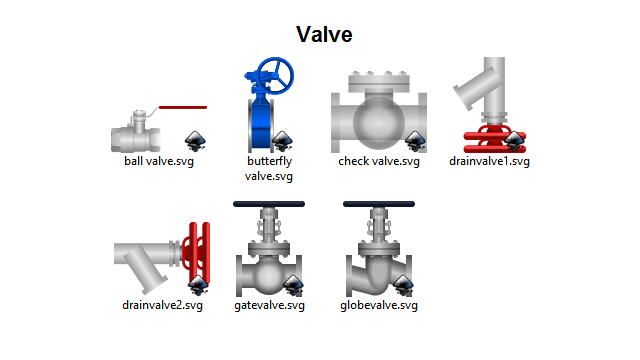 However, tires that are close in bead diameter may use the same inner tube. For example, an inner tube for an ISO 630 tire (27-inch) will also fit an ISO 622 (700c) tire.
However, tires that are close in bead diameter may use the same inner tube. For example, an inner tube for an ISO 630 tire (27-inch) will also fit an ISO 622 (700c) tire.
The inner tube should also match the tire width, but, because inner tubes are elastic, one inner tube may fit a range of tire widths. If the inner tube is too narrow for the tire width, it will become very thin when inflated inside the tire body. This will cause it to be more susceptible to punctures and failures. If the tube is too wide for the tire, it will be difficult or impossible to properly fit inside the tire casing and seat in the rim. Part of the tube may stick out of the tire and blow out when the tire is fully inflated.
3
The following table shows only some of the bicycle tires made. These are listed by ISO diameters (bead seat diameter).
| Tire Labels for Inch or French Standard | ISO (ETRTO) Bead Seat Diameter | Common Uses & Notes |
|---|---|---|
16″ x 1″ to 2.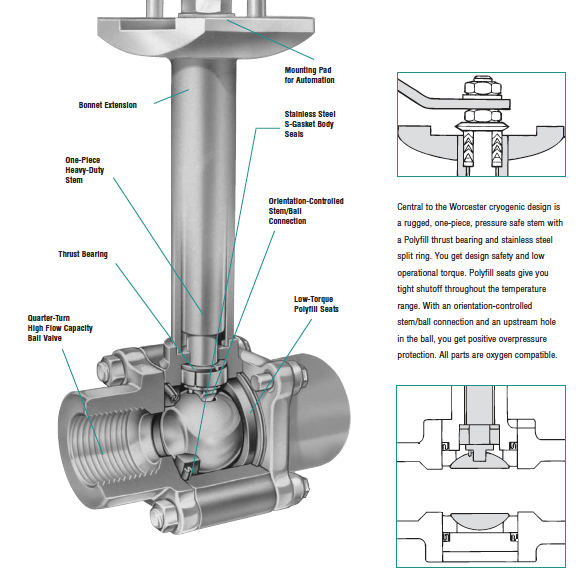 2″ 2″ | 305 | Juvenile BMX bikes |
| 349 | Recumbent | |
| 18″ | 355 | BMX |
| 18″ | 400 | BMX |
| 20″ x 1″ to 2.2″ | 406 | Juvenile bikes, BMX, freestyle bikes, recumbents |
| 20″ x 1-1/2″ or 1-3/4″ | 419 | BMX, older Schwinn bikes |
| 20″ x 1-1/8″ and wider | 451 | BMX bikes |
| 24″ x 1.0″ to 2.0″ | 507 | Junvenile MTB bikes, some small road bikes |
| 24″ | 520 | BMX |
| 24″ x 1-3/8″ | 540 | Wheelchair tires |
| 24″ x 1-3/8″ | 547 | Older Schwinn tires |
| 26″ x 1.0 to 4.8″ | 559 | MTB bikes and fat tire bikes |
| 26″ x 1 1/2″. Also called 650C | 571 | Smaller road bikes, some specialty tri-athlete bikes |
27. 5″ or 650B 5″ or 650B | 584 | MTB Bikes in 27.5″ sizing |
| 26″ x 1-3/8″ | 590 | Commuter bikes |
| 26″ x 1-3/8″ | 597 | Older Schwinn bikes |
| 700c | 622 | Common road bike, hybrid and others |
| 27″ x 1-1/4″ | 630 | Older USA road bikes standard for mass market bikes |
Valve stems are a crucial part of any tire. Well, they are not part of a tire per se, but they are an auto part designed to ensure the tires’ safety and performance. Therefore, valves are important!
Valves keep air pressure from escaping tires. From valve cores to caps and versatile valve types, we will walk you through everything you need to know about valves and how said valves function.
The small tube system that you can use to fill your tires with air is called a valve stem.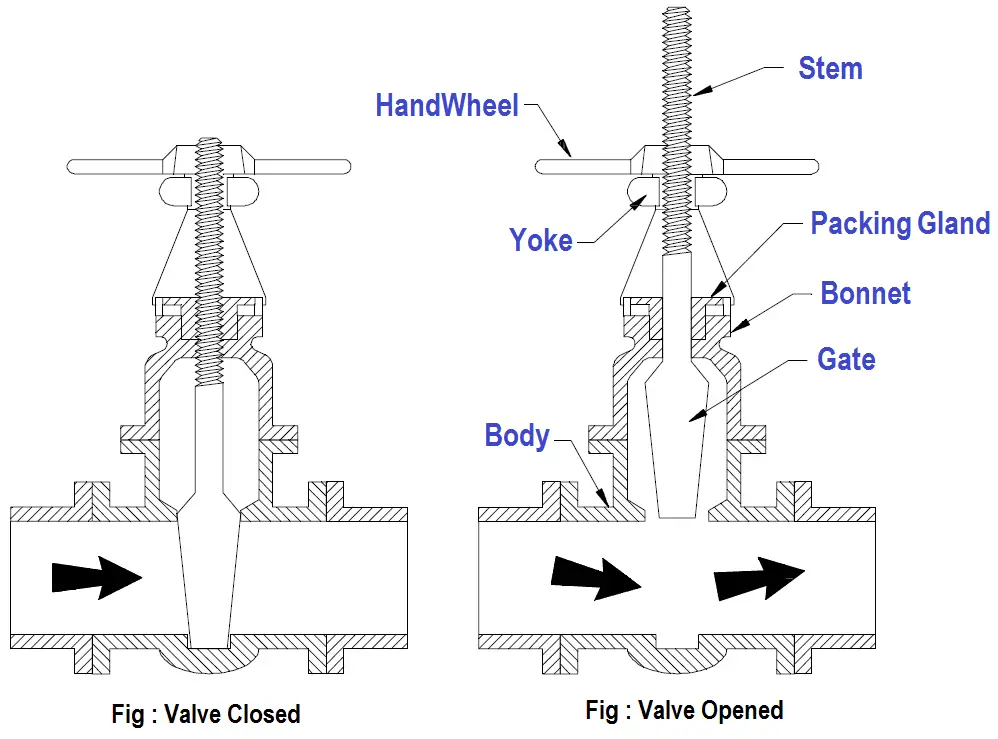 This system is basically a one-way door used to transfer gas (in this case air pressure) into a chamber (tire). Different valve types are available.
This system is basically a one-way door used to transfer gas (in this case air pressure) into a chamber (tire). Different valve types are available.
Valves are located on most pneumatic tires, from automobile to bicycle models. Tire valves are used to add or remove air pressure inside the tire. Once air pressure enters the tire, tire valves do not let it escape on their own.
A tire stem helps tires keep their optimal pressure levels, by using its different components. Valves consist of a valve stem body, a valve core, and a valve stem cap. These work together to keep the correct pressure levels inside the tires.
The various components of valves work together to enable the tire’s secure performance. Air pressure loss can occur if the valves are damaged. But, as long as they properly function, valves will hold air and guarantee the tires’ performance.
There are versatile types of tire valves available for purchase.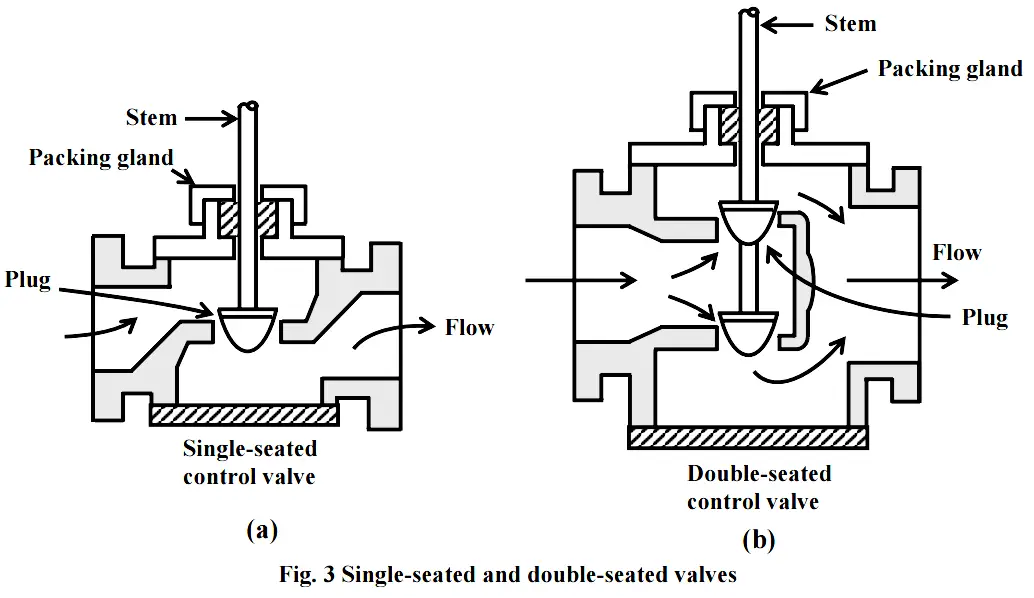 The type you need greatly depends on various components: mainly what type of tire the valves are used on.
The type you need greatly depends on various components: mainly what type of tire the valves are used on.
There are three different tire air valve stems manufactured:
These have various applications! Let’s talk about them in more detail.
Probably the most common valve type is the tubeless rubber snap-in tire valve, as they are suitable for passenger cars, light-duty trailers, and various light trucks. Additionally, they can be used in autocross competitions as well.
These tire valves hold a maximum of 65 psi, as a cold tire inflation pressure. This valve stem size usually ranges between 0.7″ to 2.5″ and it can fit 0.453″ or 0.625″ diameter rim holes. Often they sport plastic valve stem covers, but some can be purchased with chrome sleeves or a metal tire pressure cap. However, this is merely for aesthetic purposes.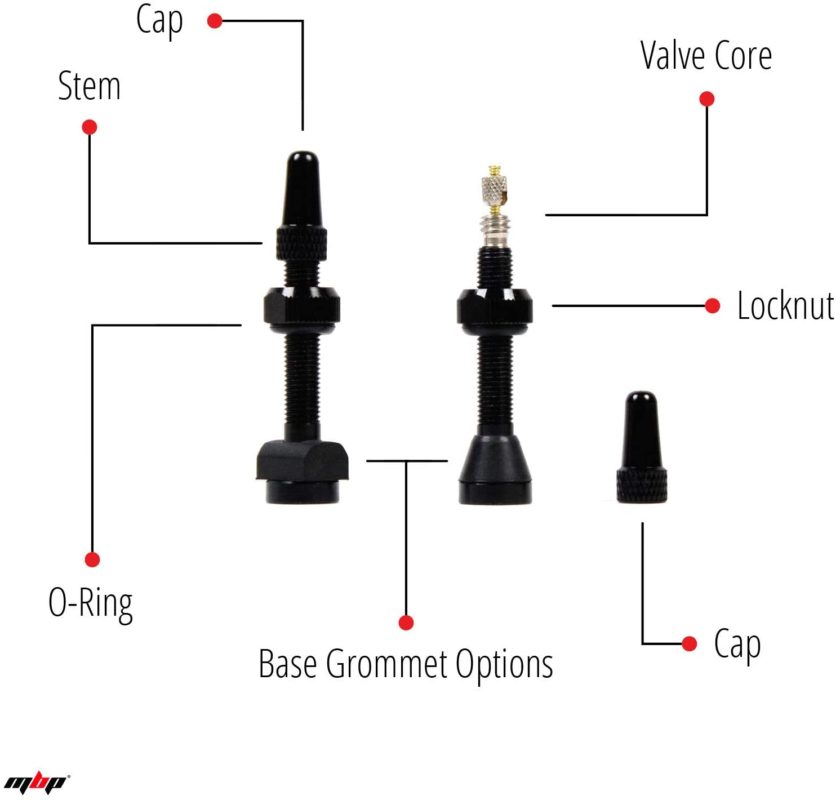
Check out this valve stem sizes chart:
The tubeless snap-in high-pressure tire valves function in the same manner as the previous type does. However, they are used for applications where the maximum pressure is above 65 psi. In other words, they are for medium- to heavy-duty trucks and trailers, that use pressure to handle larger weights.
These tire valves are made in two rim hole fittings: 0.453″ for tires with a max cold inflation pressure of 80 psi, and 0.625″ for those with 100 psi. Due to the vehicle applications, these valve stem sizes range between 1.25″ to 2″. High-pressure valve stems are designed for steel wheels. They are equipped with thick rubber snap-in bases, metal barrels, and plastic pressure caps.
Size chart of high-pressure, tubeless snap-in valves:
High-pressure metal valve stems are clamp-in models that use a rubber grommet, which seals the valve against the wheel when you tighten the holding nut.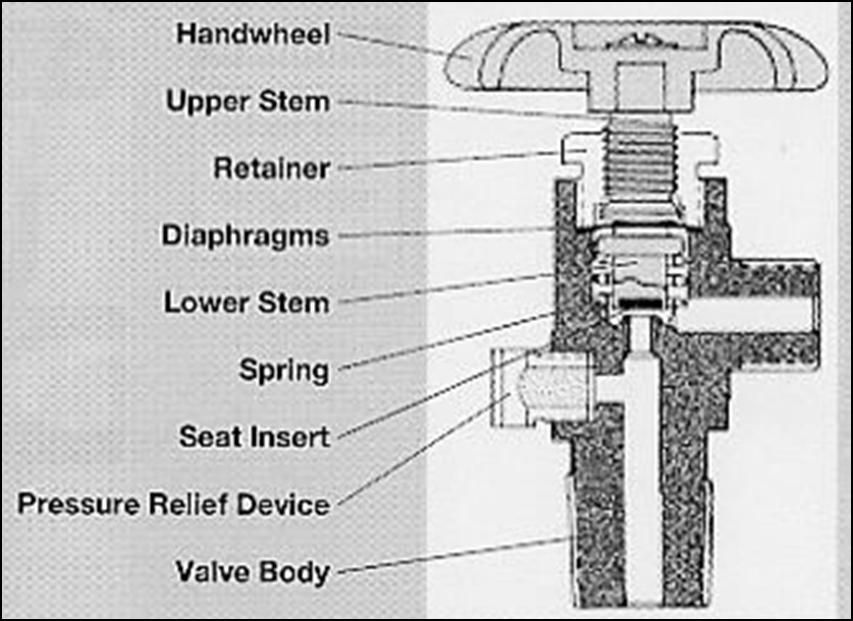 These valves are generally manufactured for high speed, racing vehicles, or for vehicles exceeding 130 mph.
These valves are generally manufactured for high speed, racing vehicles, or for vehicles exceeding 130 mph.
Most metal clamp-in tire valves are available for 0.453″ and 0.625″ rim holes. However, some special applications are available for 0.236″ and 0.315″ rim holes. Additionally, they come in straight or bent styles to accommodate even unique wheel shapes. These valves hold maximum cold tire inflation of 200 psi.
These valves have two fitting types: with the retaining (holding) nut inside or outside of the rim. For aesthetic reasons, many drivers prefer it to be hidden inside the rim. However, outer placements allow you to tighten the nut whenever it is necessary.
We have talked about the types of tire valves you can purchase for different vehicles. Now, let’s see their components.
Like most auto parts, valves also consist of multiple parts, which are:
These individual parts of valves work together to hold air in the tires.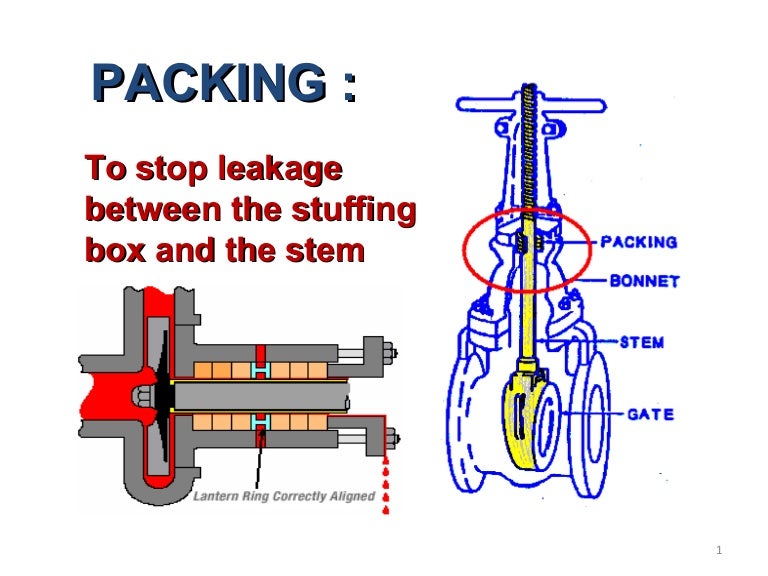 Some are crucial and some don’t have to be used. However, these parts working together will guarantee the vehicle’s secure drive.
Some are crucial and some don’t have to be used. However, these parts working together will guarantee the vehicle’s secure drive.
A valve cap should be used on all valve stems. There is a good reason for this! Moisture contamination and loss of air pressure at high speeds can cause problems. They can damage the valve core or cause the tire to do flat. However, a valve cap will help prevent these issues.
Tire valve caps are available to be manufactured from plastic, metal, or metal with a special screwdriver design. When these caps are used greatly depends on which vehicle they are on. When it comes to everyday driving, a plastic tire pressure valve cap should be enough. However, for racecar applications, a metal one is better. Tire stem caps are either knurled or hexagon-shaped to make them easier to remove.
While missing tire valve covers are not the end of the world, it is advisable to replace them. For one, it is a second seal that prevents pressure from escaping, in case valve core damage occurs. On the other hand, it also makes sure that sand, dirt, and moisture does not enter the stem and damage it.
On the other hand, it also makes sure that sand, dirt, and moisture does not enter the stem and damage it.
A valve core is the main seal inside the stem. This part of the stem seals tire pressure inside the tire, preventing it from escaping. It should be tightly screwed into the valve core chamber. They are manufactured with shorter (for high speed applications) and longer lengths, and nickel-plated and brass valve cores are available.
It is important that you only use a nickel-plated valve core with an aluminum tire pressure sensor valve stem. This is due to brass valve cores in such applications experiencing corrosion that can transfer and affect the aluminum wheel as well. This is to protect the wheel and its integrity.
These valve cores basically consist of a spring-loaded pin that is moveable. This allows air pressure to inflate and deflate the tires. This valve stem seal prevents pressurized air from escaping the tires when the caps are off.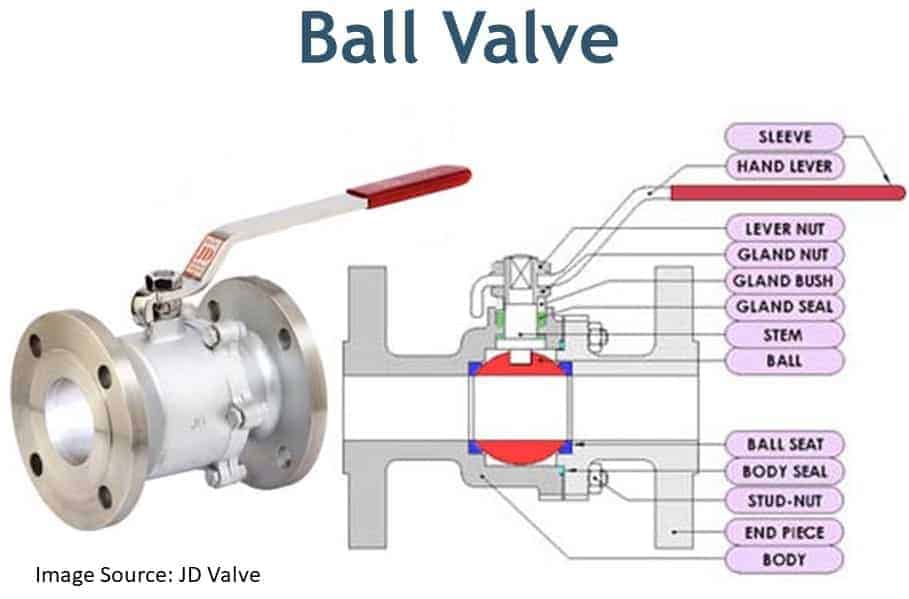 The valve stem core is durable, but dirt, moisture, and sand can damage it. Dirt and sand will prevent valve cores from sealing properly, while moisture will freeze and damage the valve cores.
The valve stem core is durable, but dirt, moisture, and sand can damage it. Dirt and sand will prevent valve cores from sealing properly, while moisture will freeze and damage the valve cores.
If you fit wheel covers on your car, you can use valve extensions to make the inflation process easier. These nylon or metal extenders are available in sizes between 0.5″ and 2″.
It is important to select the ideal extension length or to purchase durable, preferably metal, ones. Road and weather conditions and driving habits can easily damage these extensions, which will leave to other issues.
If your vehicle uses direct TPMS sensors, then the valve stems also hold the sensor inside the tire. Mechanics do this with metal clamp-in or rubber snap-in valves. These TPMS sensor tire valve stems work together to transmit information to the TPMS monitor.
The two different TPMS stem types function a bit differently. Let’s see how!
A clamp-in valve stem-sensor combination fits the sensor with a rubber seal and a retaining.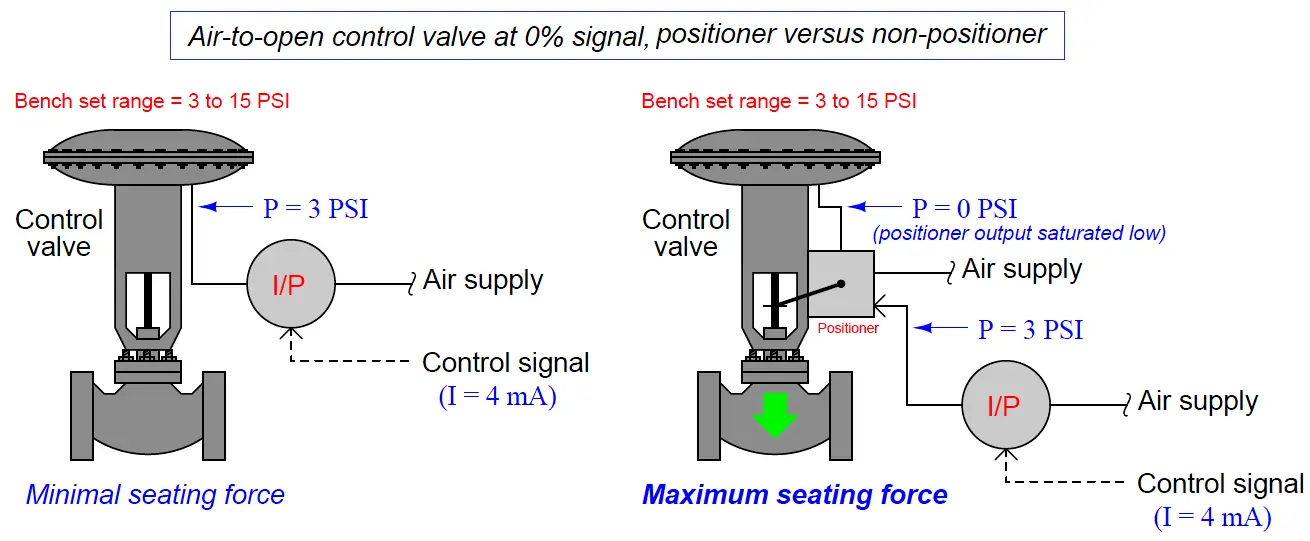 These two parts, along with the valve cores and caps, need to be tightened correctly, in order to prevent pressure loss.
These two parts, along with the valve cores and caps, need to be tightened correctly, in order to prevent pressure loss.
These TPMS rubber valves need nickel-plated valve cores to prevent damage. Galvanic corrosion can damage brass cores, which will transfer onto the aluminum barrel with time – leading to even bigger damage.
The other type of TPMS sensor tubeless tire valve is the rubber snap-in version. These accept TPMS sensors can be different, and purchasing valve stems that accommodate them in crucial.
If the TPMS stems are not compatible, it will lead to air pressure loss. Using the correct combination of valves and TPMS sensors will ensure a safer driving experience.
Have you ever noticed a vehicle with green valve stem caps?
Well, there is a reason for their distinct color! These valve stem seals keep the pressure inside of nitrogen-filled tires. Many believe that adding nitrogen in tires improves their performance, durability, fuel economy, etc.
Therefore, nitrogen valve stem caps are green!
Are Valve Stems Replaced with New Tires?
Usually, when mounting new tires on a vehicle, it is advisable to get new valve stems for tires as well. However, when you purchase new tires, the tire valve stem is not included.
The valve stem sizes you need depend on the rim size. Low-profile rims (up to 0.9″) will need a 1.5″ stem while a 1.3-1.7″ rim should have a 2.3″ valve stem. Anything taller than 1.9″ needs at least a 3.1″ valve stem to properly function.
To find a slow leak in a tire, you will needs a spray bottle and soapy water. Mix liquid soap and water in a spray bottle and spray the entire tire (sidewalls, tread area, along the rim, and the valve stem). The slow leak will be there the soapy water forms small bubbles with the escaping air.
Air pressure escapes the tire when the valves are open because of the different pressure levels inside the tire and in the atmosphere.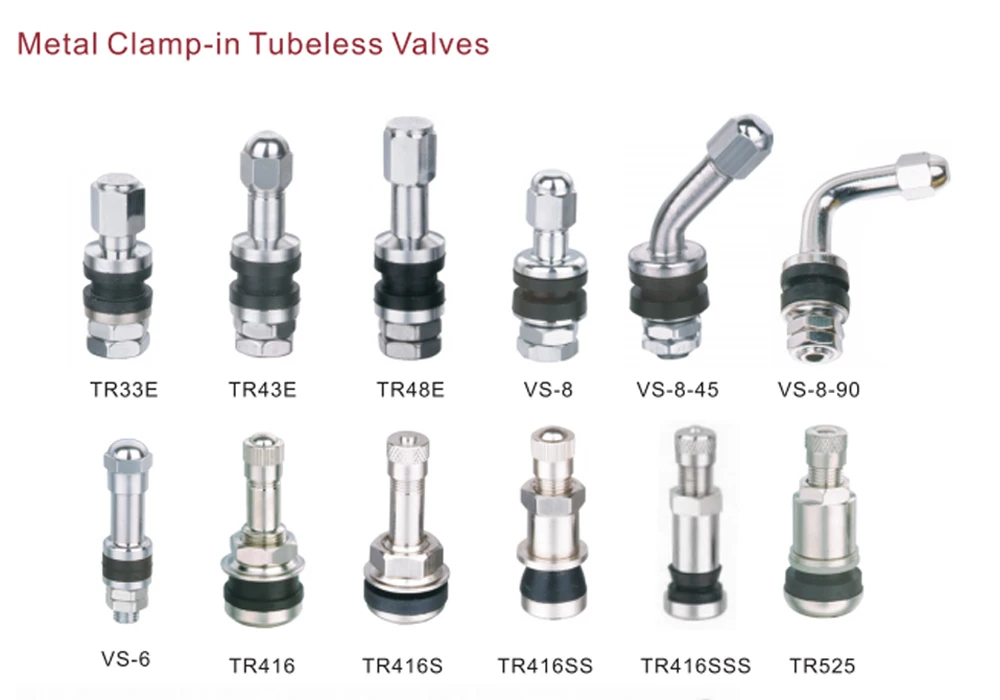 The high pressure of the tire flows out until the tire features the atmospheric pressure. This causes the tire to go flat.
The high pressure of the tire flows out until the tire features the atmospheric pressure. This causes the tire to go flat.
The urgent need to reduce engine oil consumption during engine operation has led to many changes in the design of engine parts, in particular in the design and choice of valve stem material. Which is once again confirmed by the expression: "For every action there is a reaction." nine0007
As the amount of oil entering the valve guide bore is reduced, there is an urgent need for a valve stem treatment that will resist abrasion or other types of wear under large temperature and load fluctuations.
First of all - chrome plating of the valve stem.
The answer is wear resistance, friction reduction and corrosion resistance.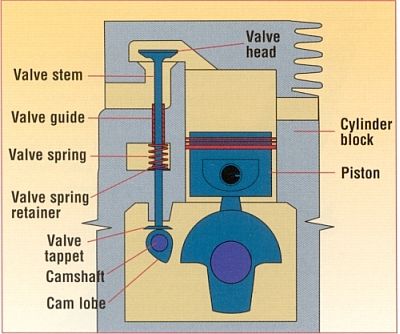 nine0007
nine0007
There are different types of chrome plating, which depend on the initial conditions: the availability of a particular technology, the requirements for the working conditions of the part, etc. In the automotive industry, “brilliant” chrome is usually used, with one or another coating thickness. The type and thickness of chrome plating are standardized by various technical documents, in particular standards SAE . Moreover, it is not the material used that is fundamental, but the time during which the valve is chrome-plated. It is worth noting that there is a significant difference between decorative chrome plating (like the one used on bumpers, window trims, etc.) and covering engine parts. nine0007
Heavy engines typically use thick chrome plating. For example, on a new valve for such an engine, the thickness of chromium can be 0.07 ... 0.08 mm . Although in the secondary market you can find parts with a coating thickness of up to 0.50 mm!
But valves for passenger cars , on the contrary, are distinguished by an extremely thin layer of chromium: from 0.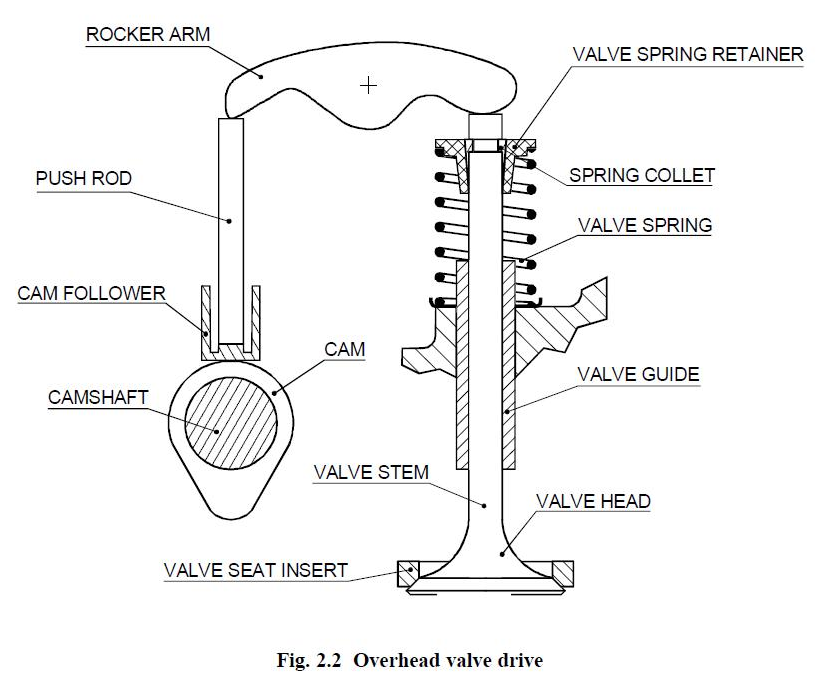 002 to 0.03 mm . This layer is sufficient to significantly improve abrasion resistance. But, at the same time, it makes the chromium plating process very difficult, since any deviation in technology can jeopardize both adhesion and coating thickness. nine0007
002 to 0.03 mm . This layer is sufficient to significantly improve abrasion resistance. But, at the same time, it makes the chromium plating process very difficult, since any deviation in technology can jeopardize both adhesion and coating thickness. nine0007
Over the past few years, outside of the US, chrome plating has fallen out of favor as a means of improving valve stem wear resistance. Most European and Asian manufacturers have switched to nitriding. With it, the valve stem becomes dark, almost black. Many mistakenly consider such a coating to be "black chrome".
Nitriding is a chemical-thermal treatment process in which the metal surface is saturated with nitrogen to harden it. This process is most commonly used with low carbon low alloy steels. It can also be used with medium and high carbon steels. That is, the valve is not covered with chrome, but is subjected to heat treatment - for wear resistance. In addition, nitriding improves corrosion resistance and, unlike chromium, increases fatigue strength. Nitriding has long been used in many industries and is considered more environmentally friendly than chromium plating. But this does not make it suitable for all occasions. For some applications, "heavy chrome" is still the best option in terms of wear/abrasion and wear resistance. nine0007
Nitriding has long been used in many industries and is considered more environmentally friendly than chromium plating. But this does not make it suitable for all occasions. For some applications, "heavy chrome" is still the best option in terms of wear/abrasion and wear resistance. nine0007
In addition, there are many other valve stem coating or treatment options that are very reliable and effective. But in this note, we tried to answer the question about the "black" valve, which constantly arises.
WANT TO BECOME AN AUTHOR?
Submit your article
Engine valves
The purpose of a valve is to open or close an intake or exhaust port located in the cylinder head (overhead valve mechanism) or in the cylinder block (lower valve mechanism). The main parts of the valve are the head and the stem. nine0007
The valve must securely isolate the cylinder during the compression and power strokes from the inlet or outlet pipeline and in the open position provide as little resistance as possible to the movement of gases.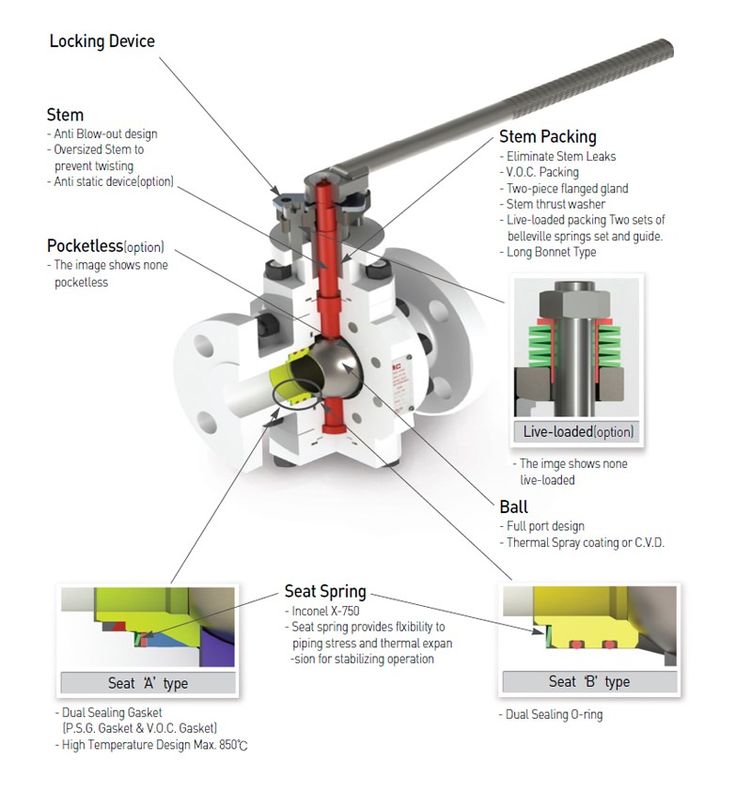 Smooth transition from the valve head to its stem: reduces resistance when gases flow around the valve.
Smooth transition from the valve head to its stem: reduces resistance when gases flow around the valve.
The valve, like other parts of the gas distribution mechanism (rod and pusher), must be light so that large inertia forces do not arise during its reciprocating motion. nine0007
To ensure that the valve fits snugly on the seat, the underside of the valve head is chamfered at an angle of 45° (rarely at an angle of 30°), which is ground.
The most commonly used valves in automotive engines are flat or tulip heads. Flat head valves are lighter and have a smaller heating surface. nine0007
Good gas flow is achieved with a tulip-shaped head, which has a very smooth transition from head to stem. This is especially important for intake valves, which are often made with a tulip-shaped head (M-21, GAZ-13 engines), which ensures the best filling of the cylinder with a combustible mixture.
Inlet and outlet valve heads can be the same or different diameters. Typically, the intake valve head is made larger in diameter to improve cylinder filling. The diameter of the inlet valve head is limited by the size and design of the combustion chamber, as well as the diameter of the exhaust valve, which must result in sufficiently complete cleaning of the cylinder. An example is the valve dimensions of the FA3-53A engine, which has an intake valve head diameter of 47 mm and an exhaust valve diameter of 36 mm. The YaMZ-236 engine has an intake valve diameter of 61.5 mm, and an exhaust valve diameter of 48 mm. nine0007
Fig. 1. Valves:
a - with a flat head; b - with a tulip-shaped head; 1 - valve head; 2 - rod
Sometimes a slot is made into the valve head, used to lap the valve against the seat.
When the engine is running, the temperature of the exhaust valve reaches 800-900 °C, and the intake valve 300-400 °C, since it is periodically cooled during intake strokes by a relatively cold charge of a combustible mixture or air.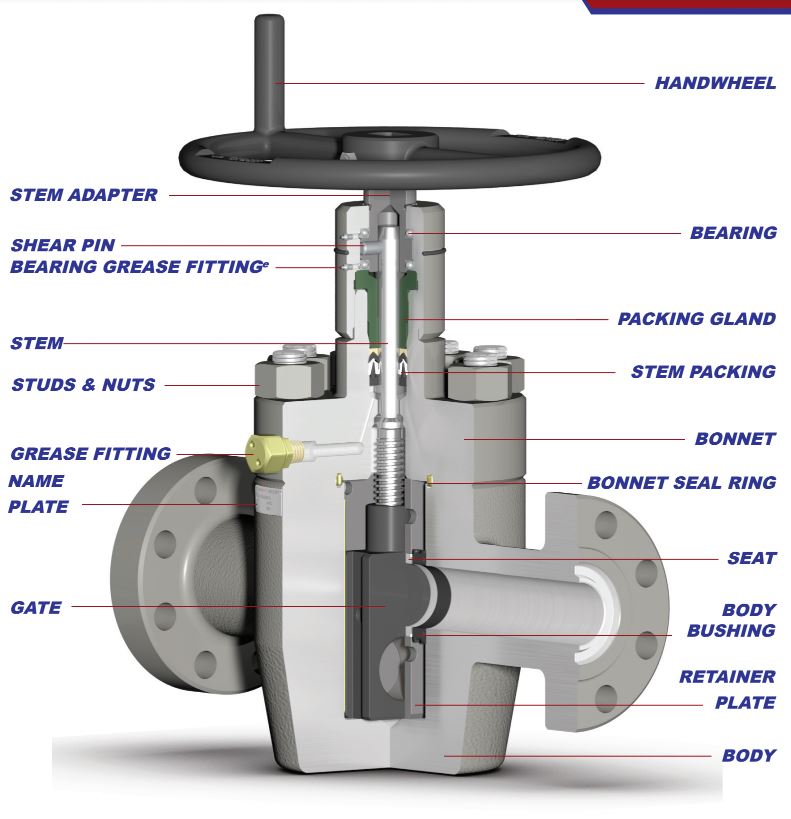 The valves are exposed to high temperatures and the corrosive effects of gases. Therefore, the material used for their manufacture should not deteriorate the mechanical properties at high temperature and should resist corrosion and abrasion well. Alloy steel satisfies these requirements. Due to the fact that the exhaust valves are exposed to a higher temperature than the intake valves, heat-resistant chromium-silicon steel (sil-chromium) is used for their manufacture. Inlet valves are made of chromium-nickel steel. nine0007
The valves are exposed to high temperatures and the corrosive effects of gases. Therefore, the material used for their manufacture should not deteriorate the mechanical properties at high temperature and should resist corrosion and abrasion well. Alloy steel satisfies these requirements. Due to the fact that the exhaust valves are exposed to a higher temperature than the intake valves, heat-resistant chromium-silicon steel (sil-chromium) is used for their manufacture. Inlet valves are made of chromium-nickel steel. nine0007
YaAZ-M204 and YaAZ-M206 diesel valves consist of two welded parts: a chrome-nickel steel stem and a heat-resistant steel head.
If the valves have heads of the same diameter, then marks are knocked out on them, for example, VP (inlet) and EP (outlet).
Exhaust gases cause corrosion and increased wear of the exhaust valve seats, so they are made plug-in from special heat-resistant cast iron.
If the engine has a gas distribution mechanism with overhead valves and a cylinder head cast from an aluminum alloy, then seats made of heat-resistant cast iron are pressed into the cylinder head under all valves (engines M-21, GAZ-53A, ZIL-130). nine0007
nine0007
The valve stem moves in a guide sleeve made of cast iron and pressed into the cylinder block (GAZ-51A engine) or into the cylinder head (M-21, GAZ-53A, ZIL-130 engines, etc.). The sleeve ensures that the valve fits on the seat without distortion.
In M-21, GAZ-53A and ZIL-130 engines, guide bushings are made of cermet, i.e. a pressed and sintered powder consisting of copper, graphite and iron. Ceramic-metal bushings have good anti-friction properties. On the outer surface of the bushing, a groove is made for the retaining ring, which keeps it from possible axial displacement. nine0007
Fig. 2. The rotation mechanism of the exhaust valve of the ZIL-130 engine:
1 - exhaust valve; 2 - mechanism body; 3 - ball; 4 - support washer; 5 - key ring; 6 - valve spring; 7 - spring plate; 8 - cracker; U - disc spring; 10 - return spring; 11 - metallic sodium; 12 - guide sleeve; 13 - valve seat; 14 - heat-resistant surfacing; 15 - plug; 16 - cylinder head
At the end of the valve stem there is a groove for connecting it to the spring using crackers and a plate.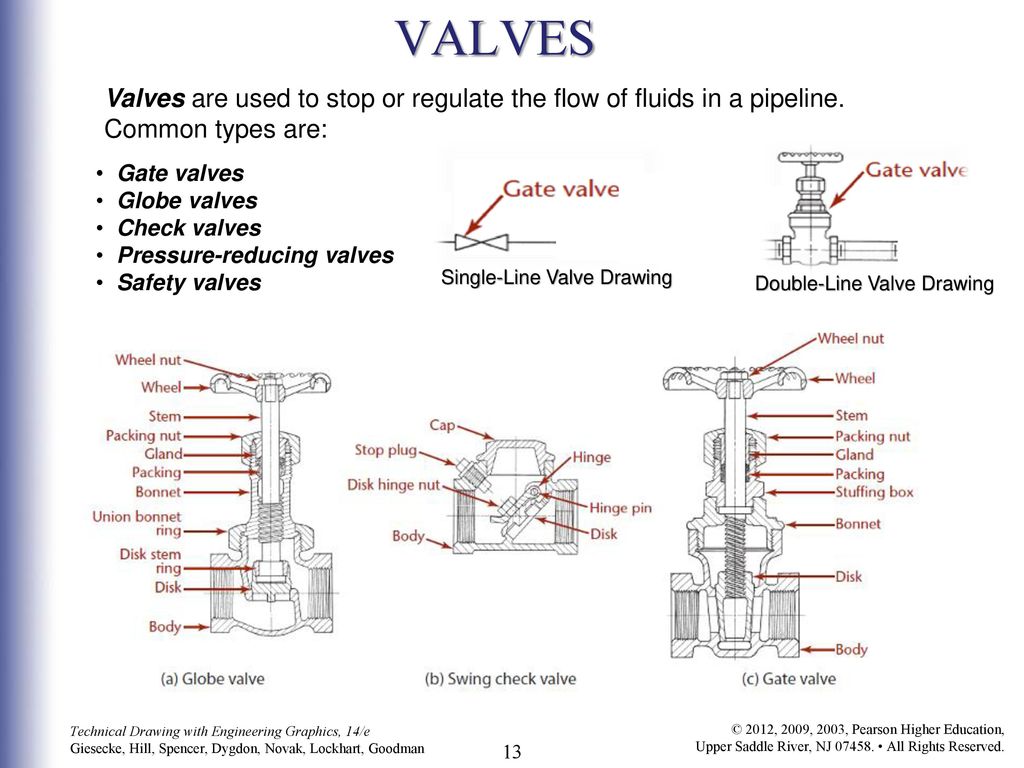 The valve spring ensures a tight fit of the valve on the seat and presses the pusher against the camshaft cam during engine operation. The spring is constantly in a compressed state: one end of it rests against the support washer, and the other end against the plate put on the valve stem (M-21, GAZ-BZA and ZIL-130 engines). Spring 6 has a constant coil pitch. nine0007
The valve spring ensures a tight fit of the valve on the seat and presses the pusher against the camshaft cam during engine operation. The spring is constantly in a compressed state: one end of it rests against the support washer, and the other end against the plate put on the valve stem (M-21, GAZ-BZA and ZIL-130 engines). Spring 6 has a constant coil pitch. nine0007
Sometimes not one spring is placed on the valve, but two with different winding directions so that the springs do not jam. In the presence of two springs, their length decreases and the reliability of the valve operation increases, since if one spring breaks, the valve will be held by the other (MZMA-408, ZIL-111 and YAME-236 engines).
The GAZ-51A lower-valve engine has a variable-pitch spring that prevents valve vibration at high crankshaft speeds. The smaller pitch end of the spring should face the cylinder head. nine0007
A conical sleeve is inserted into the connection of the valve with the spring with the help of crackers and a plate, which tightly covers the crackers. The plate rests on the end of the conical bushing, and the spring rests against the plate flange. This connection of the valve to the spring reduces the friction between them and allows the valve to rotate while the engine is running. As a result, the service life of the valve, its seat and guide sleeve is significantly increased, since one-sided wear of these parts is reduced. nine0007
The plate rests on the end of the conical bushing, and the spring rests against the plate flange. This connection of the valve to the spring reduces the friction between them and allows the valve to rotate while the engine is running. As a result, the service life of the valve, its seat and guide sleeve is significantly increased, since one-sided wear of these parts is reduced. nine0007
A cap made of oil-resistant rubber is put on the valve stem, which eliminates oil leakage (during intake strokes) into the engine cylinder through the gap between the valve stem and the bushing. Such caps are not installed on a lower-valve engine, since the valve stem is in different conditions with regard to lubrication and the probability of oil leaking into the cylinder is very small.
The exhaust valve of the ZIL-130 engine has a heat-resistant surfacing on the seating chamfer on the head, despite the fact that the valve is made of heat-resistant steel. A blind hole was drilled in the exhaust valve stem, filled by about one third with metallic sodium (ZIL-130 and TA3-53A engines) and closed from below with a plug.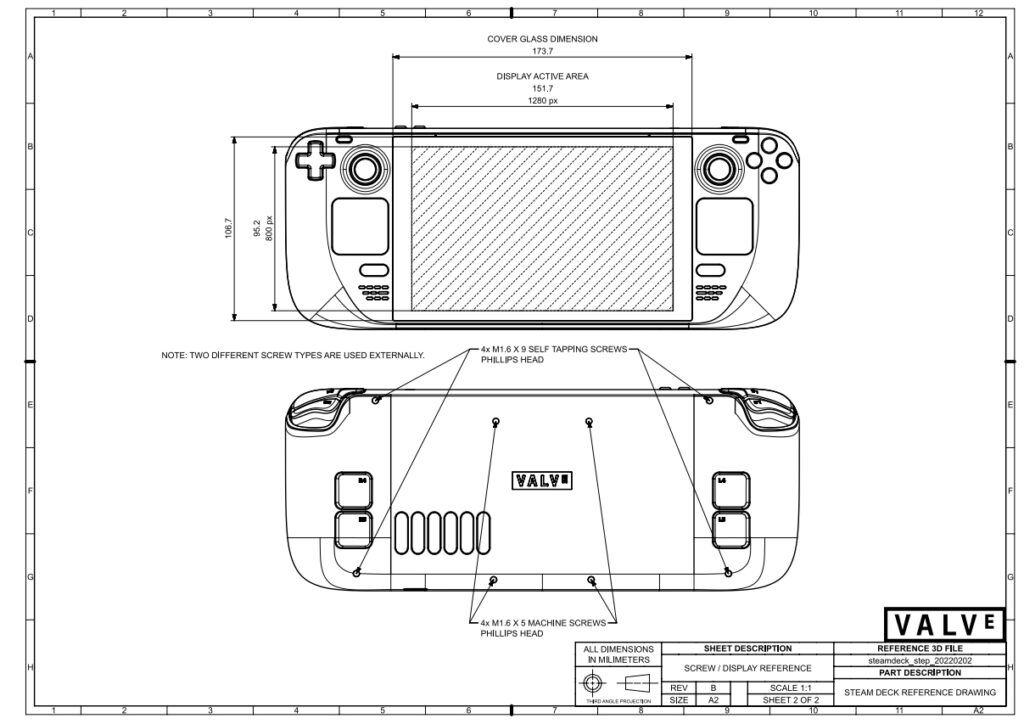 During engine operation, the sodium in the rod melts (the melting point of sodium is 98 °C) and turns into a liquid. As the valve moves back and forth in the guide bushing, the sodium moves around the head and removes heat from it to the stem.
During engine operation, the sodium in the rod melts (the melting point of sodium is 98 °C) and turns into a liquid. As the valve moves back and forth in the guide bushing, the sodium moves around the head and removes heat from it to the stem.
The exhaust valve of the ZIL-130 engine during operation is forcibly rotated by a special mechanism, the body of which is placed in the cylinder head socket.
Housing 2 has five sloping recesses for balls with return springs. A disk spring and a support washer are put on the upper part of the body with a gap. The valve spring rests on the plate at one end, and on the support washer at the other. nine0007
When the valve is closed, the spring force is transmitted through the washer to a disk spring, under which there are five balls. The inner edge of the disc spring rests on the case shoulders, and the valve spring acts on its outer edge. When the valve is opened, the spring is compressed, and the force transmitted to the support washer and disc spring increases.